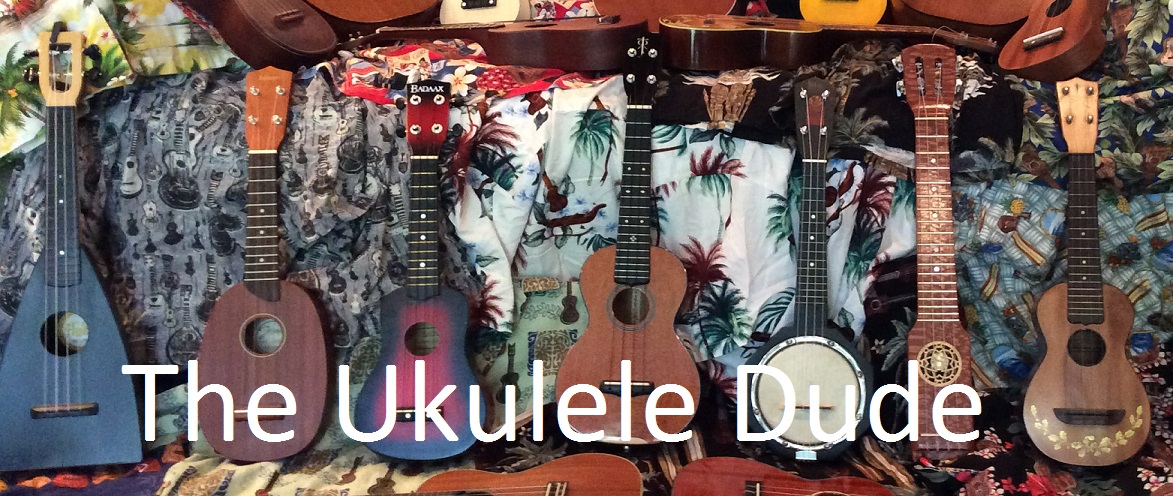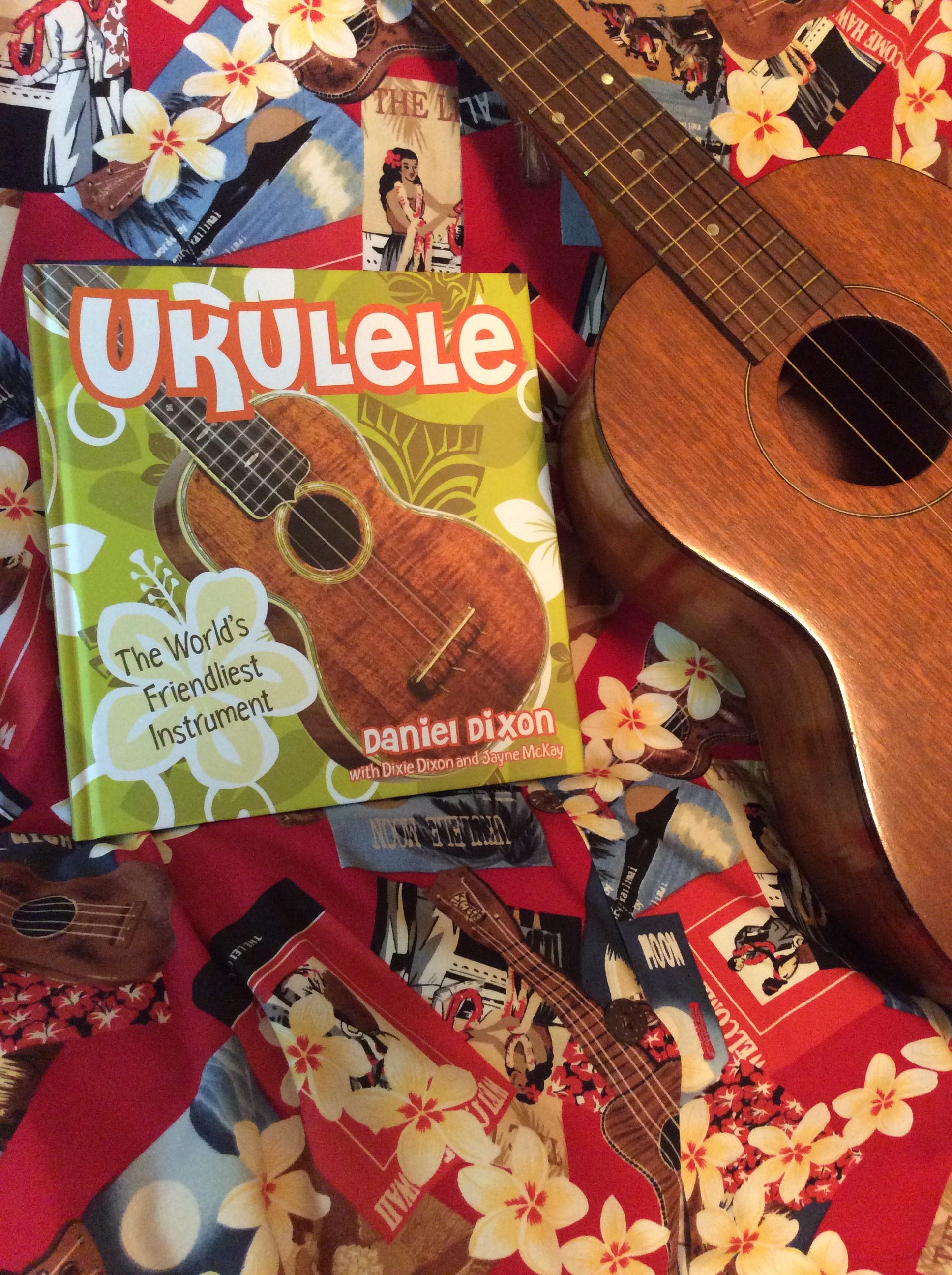Over the years of being a member of ukulele groups and many online forums, there are a number of questions that continually come up. So I am creating a number of articles to address these FAQs. Like all advice, you have to take the responsibility and make the ultimate decision yourself. So here’s the first one!
What is the easy way to make an E chord?
There are many ways of making the E chord. A Major chord only requires 3 notes. To have an E chord you must have the E (duh!), G# and B notes. So you really only have to play three notes, the fourth string can be used to double up any one of those three notes, or not played at all. So there are many ways of playing the E chord, but most chord books will show you one of four ways.
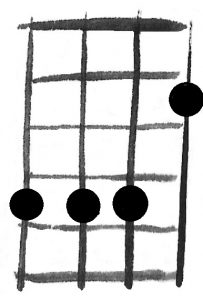 The most common method found on chord charts is 4-4-4-2. Some people can barre the three strings with their middle or ring finger and not mute the fourth, allowing them to use their index finger on the A string at the second fret. Others use their pinky, ring and long fingers to fret the G-C-E strings at the fourth fret and still use the index finger on the A string. Some advocate making the 2-2-2-0 D chord with these same fingers to practice making the E chord.
The most common method found on chord charts is 4-4-4-2. Some people can barre the three strings with their middle or ring finger and not mute the fourth, allowing them to use their index finger on the A string at the second fret. Others use their pinky, ring and long fingers to fret the G-C-E strings at the fourth fret and still use the index finger on the A string. Some advocate making the 2-2-2-0 D chord with these same fingers to practice making the E chord.
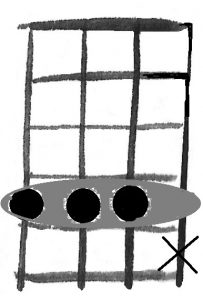 You can also use the index, long and ring fingers to fret the G-C-E strings at the fourth fret, or simply barre the fourth fret, and drop the pinky on the A string to mute it. You still get the three necessary notes, and the fourth string is deadened to create a very small thunk when strumming that most people won’t even notice.
You can also use the index, long and ring fingers to fret the G-C-E strings at the fourth fret, or simply barre the fourth fret, and drop the pinky on the A string to mute it. You still get the three necessary notes, and the fourth string is deadened to create a very small thunk when strumming that most people won’t even notice.
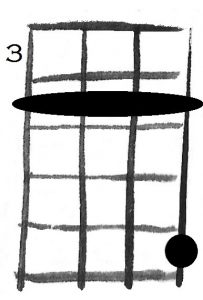 My favorite method of making an E chord is to barre the fourth fret and drop my pinky on the A string 7th fret for the 4-4-4-7. This is a nice movable chord shape that gives you a D at 2-2-2-5. I find it much easier to do this one and it has the additional advantage of doubling the root E note.
My favorite method of making an E chord is to barre the fourth fret and drop my pinky on the A string 7th fret for the 4-4-4-7. This is a nice movable chord shape that gives you a D at 2-2-2-5. I find it much easier to do this one and it has the additional advantage of doubling the root E note.
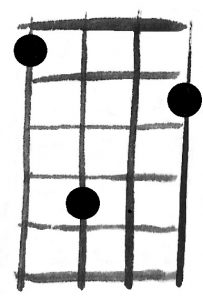 The fourth way of making this chord is 1-4-0-2. Some people prefer this combination, but it is an awkward shape to make with the fingers. It also doubles the root E note in the chord.
The fourth way of making this chord is 1-4-0-2. Some people prefer this combination, but it is an awkward shape to make with the fingers. It also doubles the root E note in the chord.
Play around and determine which of the methods works best for you. The other thing to consider is what chords come before and after it in the song you are playing. Sometimes they will make one version preferable to another due to finger placement or the overall tone of the piece.
Whatever way you decide to make the chord, practice it enough to be comfortable with it, it is not as scary as it looks!
